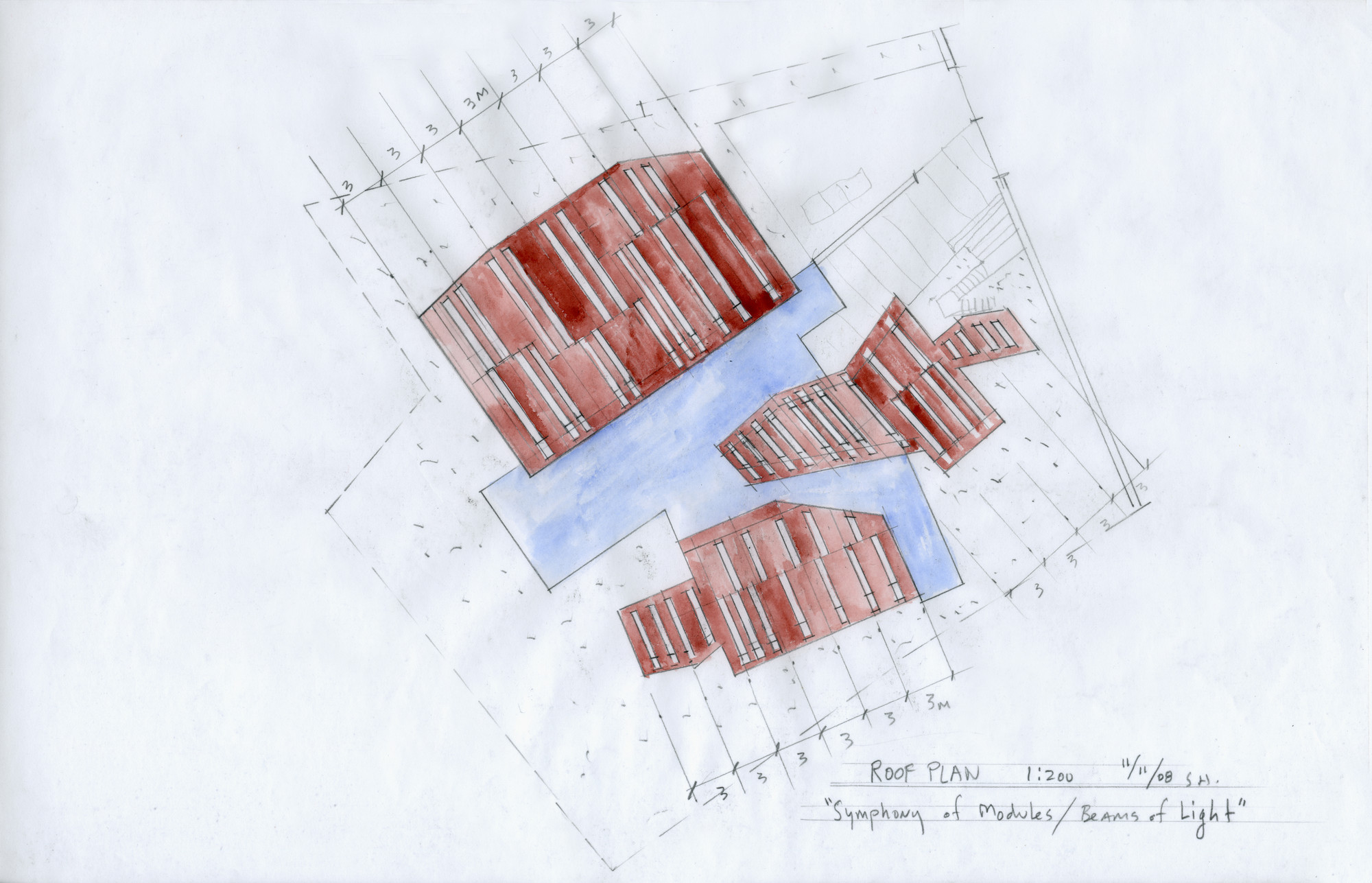
Just as designers have reacted to the death sentence of Ted Williams and Billie Tsien's American Folk Art Museum building, forming petitions and a tumblr (crowdsourcing designs that integrate the building with the MoMA's existing facilities), architecture critics have also been wielding their weapon - words - and entering the fray.
Most critics have responded with outrage (it's "nothing less than cultural vandalism" says Martin Filler), denouncing MoMA's prioritization of corporate needs over cultural value. However, a few are actually defending MoMA's decision, saying the building was never ideal for displaying art anyway. See a round-up of all the opinions - from Davidson to Goldberger - after the break...














